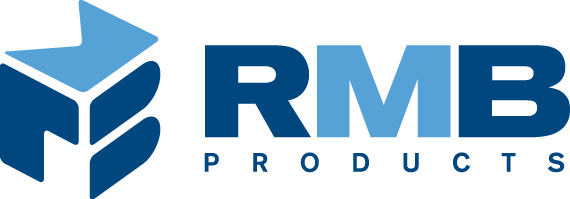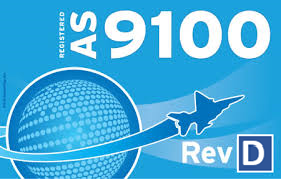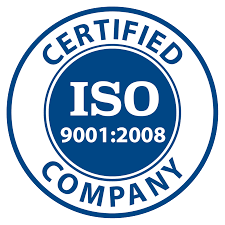Rotational Lining
Since the 1980’s, we have been rotationally lining (rotolining) tanks, scrubbers, pipe, fittings, pumps, valves, flowmeters, filter housings, heat exchangers, and other process equipment for corrosion protection. We have developed our rotolining process to line large or small substrates, and we are capable of lining the simplest to the most complex structures.
| Advantages | Disadvantages |
|---|---|
| Complex parts are easily lined without access to internal surfaces. | Complex internal components, such as large baffles, are difficult to line. |
| Seamless liners eliminate failure prone weld joints. | Rotational lining is a shop process, which means the liner cannot be installed in the field. |
| The liner has a mechanical bond, which eliminates the need for adhesives, thereby reducing the risk of delamination of the liner. | The size of equipment that can be lined is limited to the dimensions of the rotational lining oven. |
| Structural integrity of the part is maintained, which keeps the pressure rating consistent. | There are temperature constraints of the liner, due to the process being limited to plastics. |
| Easy to seal flanges with reduced risk of leak in operation. | The liner can only be applied to steel substrates. |
| The liner is fully bonded which eliminates the effectiveness of telltale holes. | |
| Materials that are not melt-flow process able, such as PTFE, cannot be used in the rotational lining process. |
Rotational Lining Dimensional Capabilities
We have the capability to manufacture liners up to 9’ NPS and straight section spools up to 20’ long.
Learn more about how we line large diameter pipe.
Rotational Lining Process
- The first step of the process is to prepare the interior surface of the vessel by removing the old liner or other debris and blasting to white metal.
- Next, the vessel is mounted to a multi-axis rotational lining machine. Thermoplastic resin is placed inside the vessel and then the vessel is rotated inside of an oven. As the vessel rotates, the polymer becomes molten and forms an even layer across all internal surfaces.
- Next, the vessel goes through a cooling process to set the liner in place. This creates a seamless liner that is virtually free of any stresses. Flange faces are machined to provide a smooth sealing surface.
- Lastly, paint is applied to the exterior of the vessel (optional).
Rotational Lining Materials
| Material | Trade Name | Characteristics | Application | Data Sheet |
|---|---|---|---|---|
| Fluoropolymers | ||||
| Nylons | ||||
| Olefins | ||||



